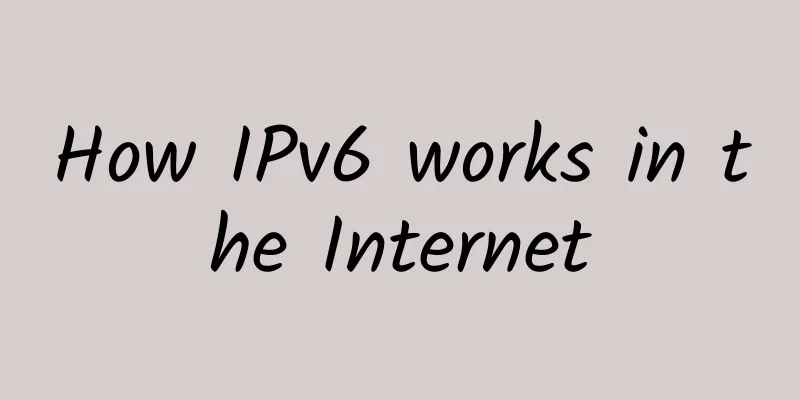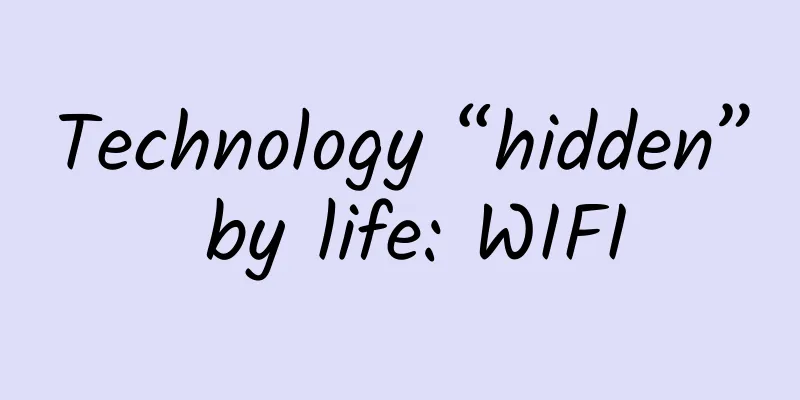When the 2G/3G network is down, will your IoT work properly?

|
Over the past few years, we’ve seen a lot of headlines related to 5G networks — concerns about foreign ownership of the infrastructure that supports it, and potential security implications of the emerging technology. Amid this speculation, we may have missed the fact that this decade will bring an equally seismic change to the way IoT devices interact — the end of 2G and 3G. Major networks in the United States are beginning to retire these relatively old networks in favor of 4G Long Term Evolution (LTE) technology. It may seem strange to hear about 2G in particular, since most of us haven’t used that network since AT&T removed it from its carrier network in 2017. Unfortunately, many IoT devices still use the network, and even more use 3G. Even if your smartphone doesn’t use one of these networks, many other devices do. This means we need to be prepared for the upcoming transition.
In this article, we'll look at the challenges posed by the impending end of 2G and 3G, and what companies can do to prepare. challengeThe loss of 2G and 3G networks may not pose much of a challenge when using smartphones, but many end-to-end IoT solutions still use these networks. One prominent example occurred in 2017, right after AT&T shut down their 2G network. Within hours, 70% of San Francisco’s buses and trains disappeared from maps on the NextMuni system, which tracks vehicle locations in real time and predicts arrival times. The San Francisco Municipal Transportation Agency (SFMTA) was under weeks of increasing public pressure as it tried to upgrade its older monitoring equipment that used 2G. However, the problem may go far beyond public embarrassment. Many legacy IoT devices that use 2G and 3G networks are important assets to the companies that deploy them – in a sense, your company probably has a lot of money tied up in these devices. Replacing them will be expensive. Finally, losing 2G and 3G networks could be very dangerous. Given that plans to discontinue these networks have been public since 2014, we should hope that companies using IoT devices in critical functions (such as managing power plants) have had plans for several years. But if you suspect your company might be one of those using IoT devices in such a critical application, that’s all the more reason to read the following checklist. Prepare your networkThe way your organization handles this transition will be unique to you. For example, it may be that the IoT devices are deployed in very unusual applications, or it may be that the transition forces you to fundamentally rethink the way you use IoT. However, for most organizations, the transition process will fall into three main steps. 1. Audit your systemsFirst, you need to understand how and where your organization relies on IoT and how it is currently implemented. At this point, it can be useful to look at real case studies to ensure you don’t overlook legacy systems that are easy to forget. During this audit, you will likely encounter what many organizations report as the most difficult issue to resolve - In many IoT devices, the network used is a critical and unchangeable part of the device. Because of this, in some cases it is impossible to "upgrade" many IoT devices in any reasonable way and organizations will be forced to replace them. 2. Assess your IoT needsAt this point, you need to make a fair assessment of your IoT needs. Chances are, if your devices are old enough to use 2G, they are now an integral part of how your IT systems operate as a whole. Therefore, most organizations will seek to replicate their IoT systems, albeit using more modern network protocols. At this point, you'll have two options. You can deploy a private network (designed and managed by you), or you can upgrade all your devices to use public 4G LTE technology. Which of these options you choose depends first on the scale of your IoT network and the bandwidth you need. Companies with highly distributed IoT networks that require high bandwidth should consider investing in an upgrade to 4G; those overseeing more widely divided systems may find it more efficient to build their own network. 3. Future-proofFinally, when you design new IoT networks that will continue to work after 2G and 3G are long gone, make sure you design for the future. It’s important to recognize that 4G will also be replaced, and you need to have a plan in place to deal with this. The direct replacement - 5G - will not pose much of a challenge because it is designed to use the connectivity interface. This means that, if necessary, organizations will be able to replace 4G equipment with equipment running 5G. Future developments may not be so easy and are difficult to predict at the moment. In practical terms, this means that all changes and upgrades you make to your IoT network as part of the current transition should be documented so that the eventual transition to 6G can be as smooth as possible. Bottom LineIt’s important to recognize that these questions are not speculative—this shift is happening now. Your company needs to take it seriously. Just as it took time for broadband IoT to replace 2G and 3G as a network interface, this change may be almost invisible until we get there. But by then, it may be too late. |
<<: Did you know that subset problems are actually template problems?
>>: Which cloud SMS service is better? Borui Data released a cloud SMS evaluation report
Recommend
The 30th anniversary of Zhongchuang Software: persistence and perseverance have created glory, and Xinchuang has provided broad space for independent innovation of middleware!
Since 1991, Zhongchuang Software Engineering Co.,...
I dare say 99.9% of network engineers don’t know the four major indicators for locating wireless network failures!
1. Related concepts 1. Noise Floor Definition: It...
Are 5G signals still classified into different levels? Now it depends on how the operators deal with it
5G has been officially put into commercial use. R...
edgeNAT: 20% off monthly VPS and 30% off annual VPS, free CDN when you buy VPS
edgeNAT has launched a new CDN product this month...
The TRUST principle for 6G network performance experience
The International Seminar on Future Information a...
If WiFi coverage is not good, should I use a wireless repeater or a powerline modem?
[[240625]] Poor WiFi signal is a headache for man...
What basic principles should be followed to improve data center operations planning?
Enterprises need to develop an effective and adap...
When is the right time to buy Wi-Fi 6E?
Despite the indisputable advantages of operating ...
New "skills" and "higher salaries" - Ruijie launches new service certification products
Recently, Ruijie Networks released two new servic...
The 2019 First Intelligent Communications Industry Summit was held, and cloud communications entered the technology-driven stage
[51CTO.com original article] On the afternoon of ...
Global IT spending to reach $4.1 trillion in 2021, exceeding estimates
[[391876]] Recently, market research firm Gartner...
ColoCrossing US VPS 50% off, $1.97/month-1GB/25G SSD/20TB@1Gbps
ColoCrossing recently released a 50% discount cou...
Viewpoint sharing: Why smart cities need powerful 5G networks?
While debate rages about when and how to restart ...
DesiVPS: $15/year KVM-1GB/15GB/2.5TB/Los Angeles & Netherlands Data Center
Tribe shared information about DesiVPS last year....
ZTE Chief Scientist Talks About the Current Status of 5G
[51CTO.com original article] The Internet of Thin...









